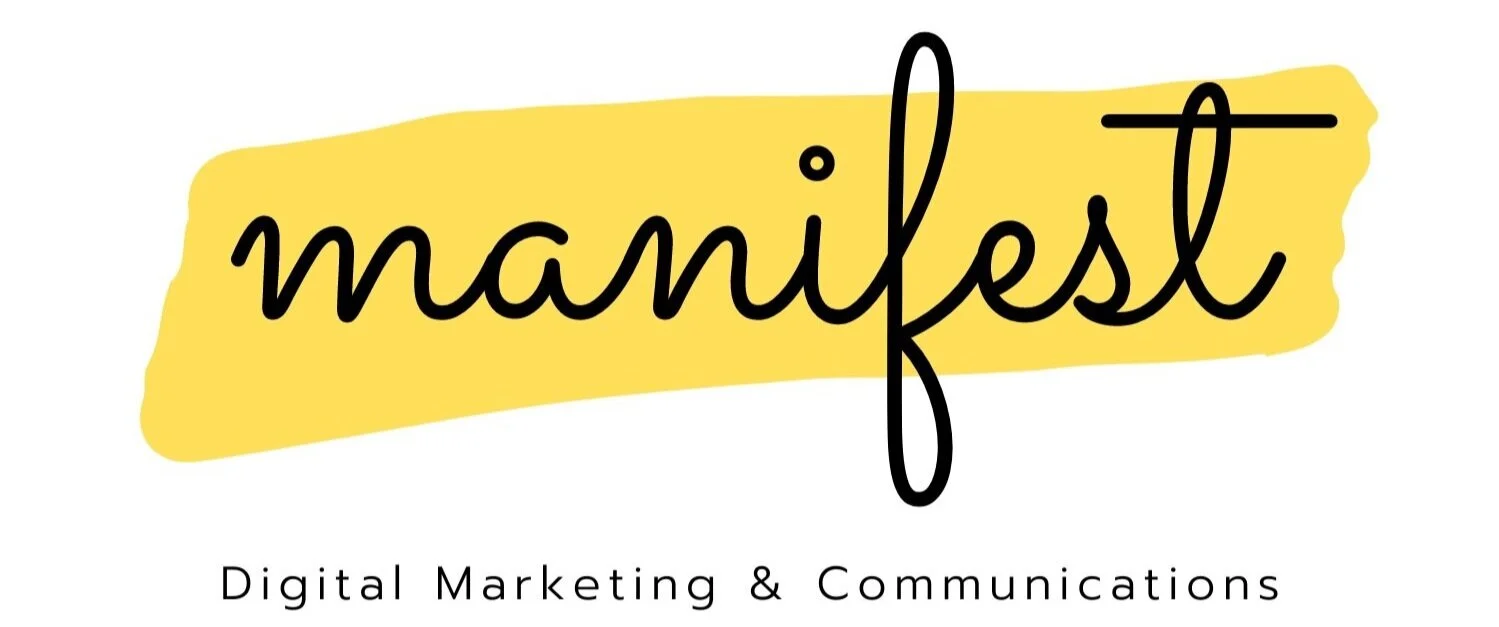How to Make Your Social Media Content Suck Less
I have a confession: I hate social media. I know, Karen. I‘m not supposed to say this, because I’m a marketer and I make money managing social media accounts. The truth is, I hate the way most businesses treat social. Before you chalk this up as blasphemy, give me a chance to explain.
What I hate about it:
I hate that “social media” is a marketing buzz word. Many business owners, c-level executives, and even marketers chase trendy buzz words and believe that somehow, this one “concept” is going to be the thing. But the truth is, there is no one thing, it is more often going to be a mix of things. Remember, you’re a consumer too. You have all of the anecdotal evidence you need to know how purchases are made. You’ll stumble across something on social; you’ll see a display ad for those leopard print ankle boots; you’ll be talking to your bestie who just bought the same pair; you’ll go the website and look at the price; eventually, you may end up purchasing the boots. It was never “social media” that drove the purchase. It was the consistent message at multiple touch points that built trust and converted your customer. Social is an important touch point, but it’s not the only channel.
Remember the days of networking events? There’s usually that one guy that brings 200 business cards and races through the room handing every single card out, not bothering to make any connection or remember any names. You know the guy. Everyone hates that guy. So why is it OK for people to operate their social media accounts like that guy? If you’re only about the number of followers, connections, or even likes you get, you’re that guy. Social media should mimic how you build relationships in real life. If someone gives you a compliment or addresses you in real life, you’re not going to smile and walk away. You’re going to engage with them and build a relationship.
What happened to good content? More is not more!
The algorithms make it really challenging for businesses to connect with their followers. As a business, you have to know that the cards are stacked against you and you will most likely have to pay to communicate to an audience that has already opted-in for your communications. As the Big Lebowski once said, “That’s a bummer, man.”
You’re not allowed to not be on social media. In 2020, even animals have social media profiles.
What I love about social media:
Social media originated with the intent to connect people. That’s a beautiful thing. Businesses jumped on the bandwagon and also tried to make connections with people. As a marketer, I think that is also a beautiful thing. Social media should be about connection.
How to do it right:
Social is best used to complement what you’re doing in real life. For B2B, you should be posting to LinkedIn every time you go to an event and connecting on LinkedIn with the people you glad-handed while you were out and about. For B2C, treat this as an advertising platform and send your message out there just like you would pay for a billboard or display ad. And for goodness sake, remember to go where you get the best metrics. You don’t own the platform, so it needs to be treated like any other paid marketing channel. If you generate more leads from display ads, double down there. Don’t throw money away on buzz words and influencers cause it’s the cool thing to do.
Be HUMAN! Genuinely connect with individuals the way you want to be communicated with. Make conversation with strangers and respond to comments.
Less...but more. Instead of writing a ton of garbage, just to hit your quota for the week, try posting really great content and then re-purposing and republishing the same message. Chances are that the majority of people that follow you didn’t see the first post. So it’s OK to post it more than once or include it in your stories AND your feed. If it’s truly good. It’s OK to repeat yourself.
Categorize your posts. I believe there are four categories of posts and it’s important to keep a balance. Remember that the relationship you are building with your clients should be built on trust and getting to know one another. Once you lay that foundation, your customer will be more open-minded to the sales pitch (just like in real-life….imagine that).
Viral: This is content that is entertaining and usually makes you feel good. It sparks an emotion (surprise, laughter, empathy, sadness). Examples include quotes, personal stories, obscure holiday posts, and memes.
Educational: Many businesses need to educate their customers and set the stage as to why they need a product or service. This should not be promotional and should focus on facts and statistics. Stephen Dubner, author of the best-selling book Freakonomics says: “For stories to be believable, you should include as much data as you possibly can.” Think of “Did you know?” facts and infographics.
Practical: Tips and tricks are somewhat informative, but the primary qualification is that this content is actionable. Try to think of something specific and it may feel even granular. #lifehacks are the best example of this.
Promotional: Finally there is promotional content. This is 100% self-serving and there is a clear call to action. There is a time for everything. The best time to ask for the sale is after you have laid the foundation of trust with your other content types.
In summary, remember that social media is not the be-all-end-all. It is a platform that directs your audience to something else. Treat it as an integrated part of your larger brand and content strategy. And don’t forget to be human! Look for my future blog post on how to personalize your fully-automated lifestyle. These two topics go hand-in-hand to me.
